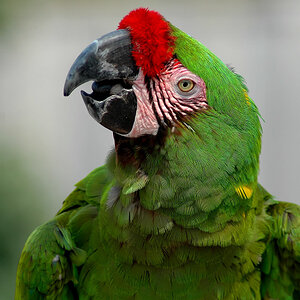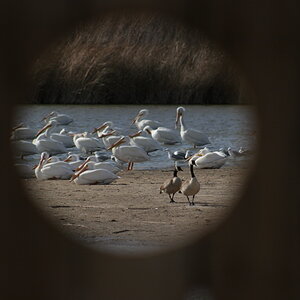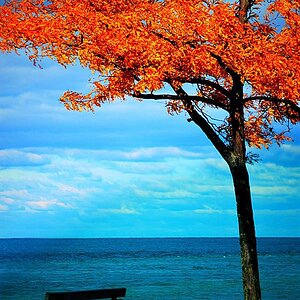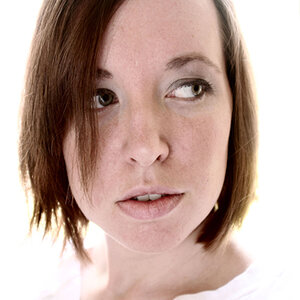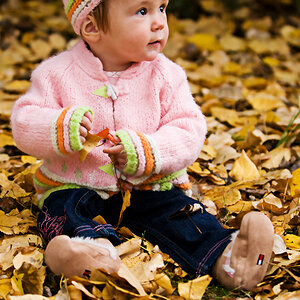Auslese
TPF Noob!
- Joined
- Oct 24, 2015
- Messages
- 143
- Reaction score
- 3
- Can others edit my Photos
- Photos NOT OK to edit
But the OP hopes to upgrade to FX. That said how do DX lenses pair with FX cameras? I do not have one, but have heard that they are senseless, I do know that my FX lenses are wonderful on DX. As for view of the lens on the camera, I do not understand the importance of this, as I strive to take a larger field of view image whenever possible, not too much but a little, this way cropping in the computer makes perfect. I probably do not crop less than 1 in 100 images as there is always something better gone, or enlarged.Never buy DX if you have a choice, even for a DX camera, always go FX.Should I get a 35mm f/1.8 DX Lens or the 50mm f/1.8 FX Lens?
I hope to upgrade to FX in the future so the FX would be great, but I would prefer the 35 focal length. Advice?
While I know what you're getting at, I would have to disagree. There are focal lengths that just aren't as attractive on dx bodies, which leads manufacturers to create their DX equivalents. The 24-70 was not an attractive option when I had a D7000, but the 17-50 was perfect. One FX, one DX.



![[No title]](/data/xfmg/thumbnail/41/41800-9fad93555f178073cae2f303c5ef4e23.jpg?1619739897)
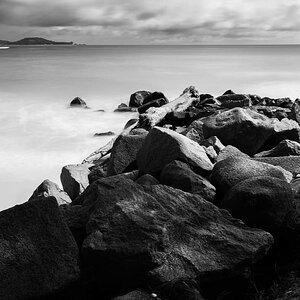
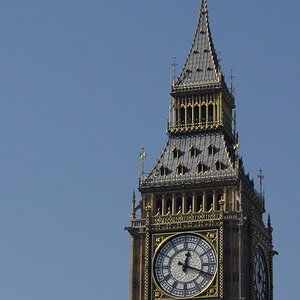
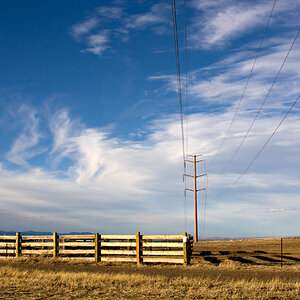
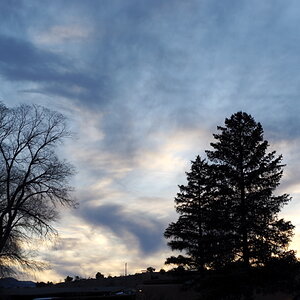
![[No title]](/data/xfmg/thumbnail/38/38724-0b9c26c57726c91c6c504310e4428e55.jpg?1619738702)
![[No title]](/data/xfmg/thumbnail/32/32718-19d5f7764b6f43f6cec5a67701261560.jpg?1619735624)
